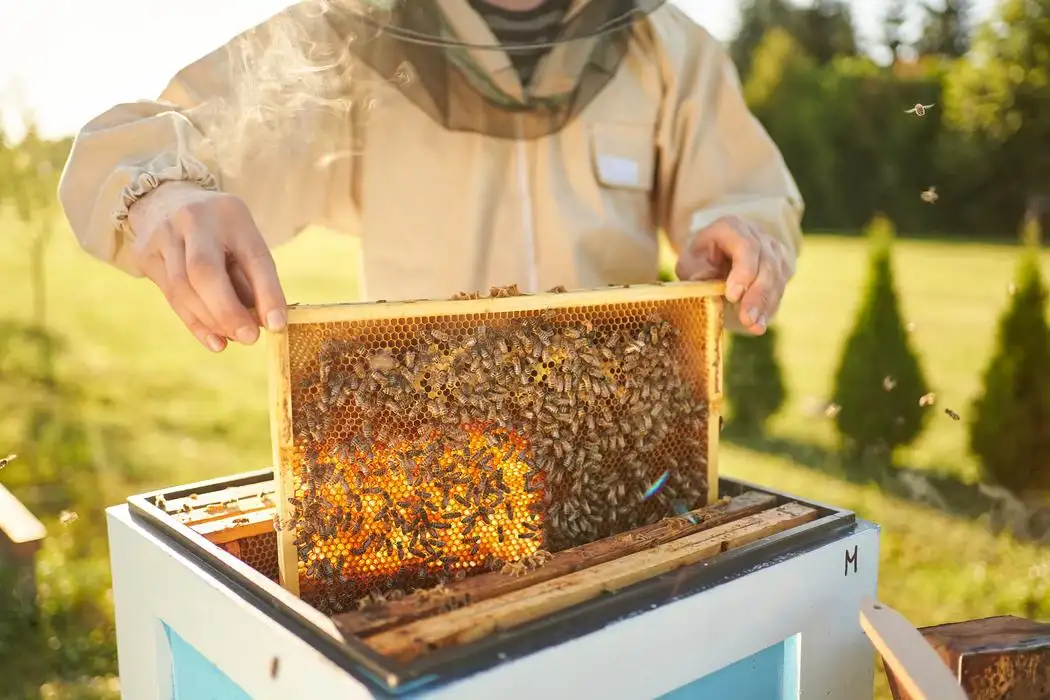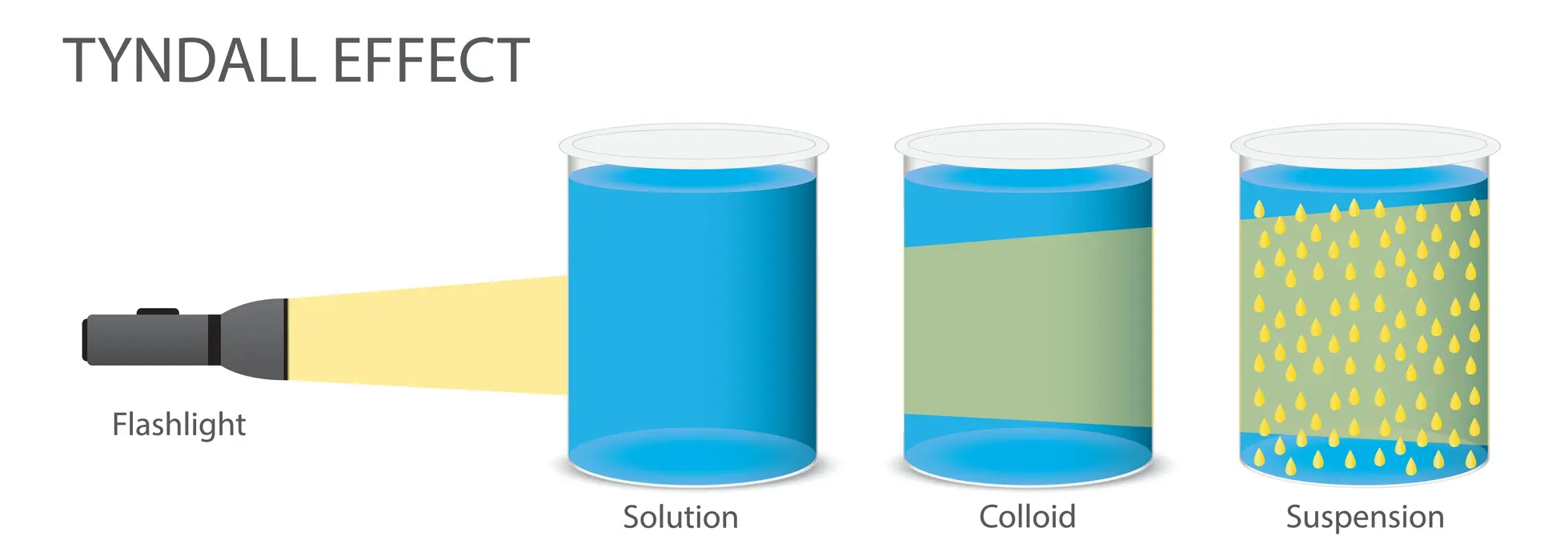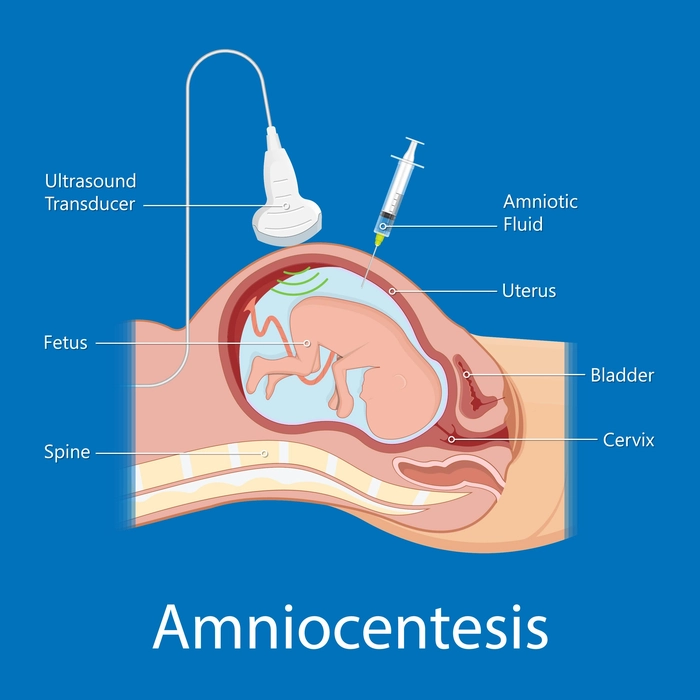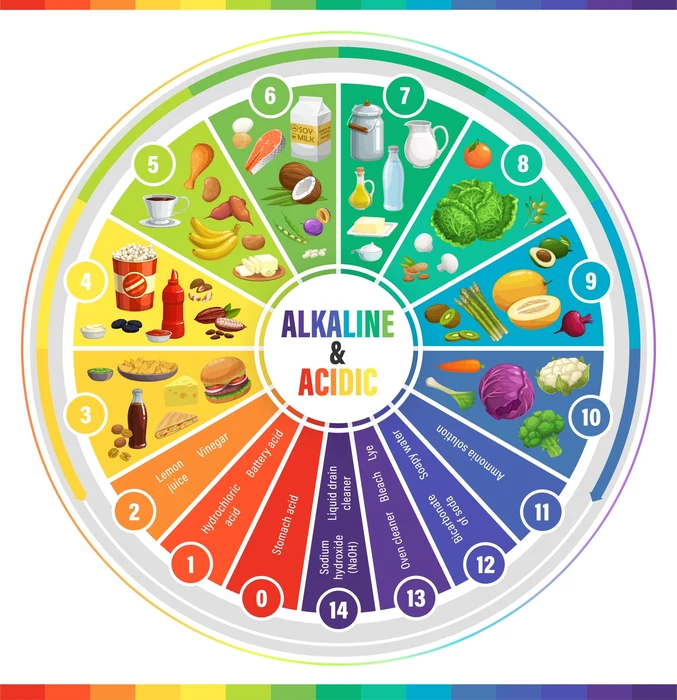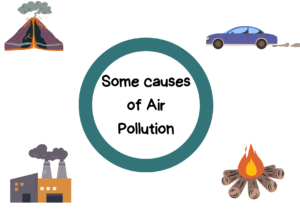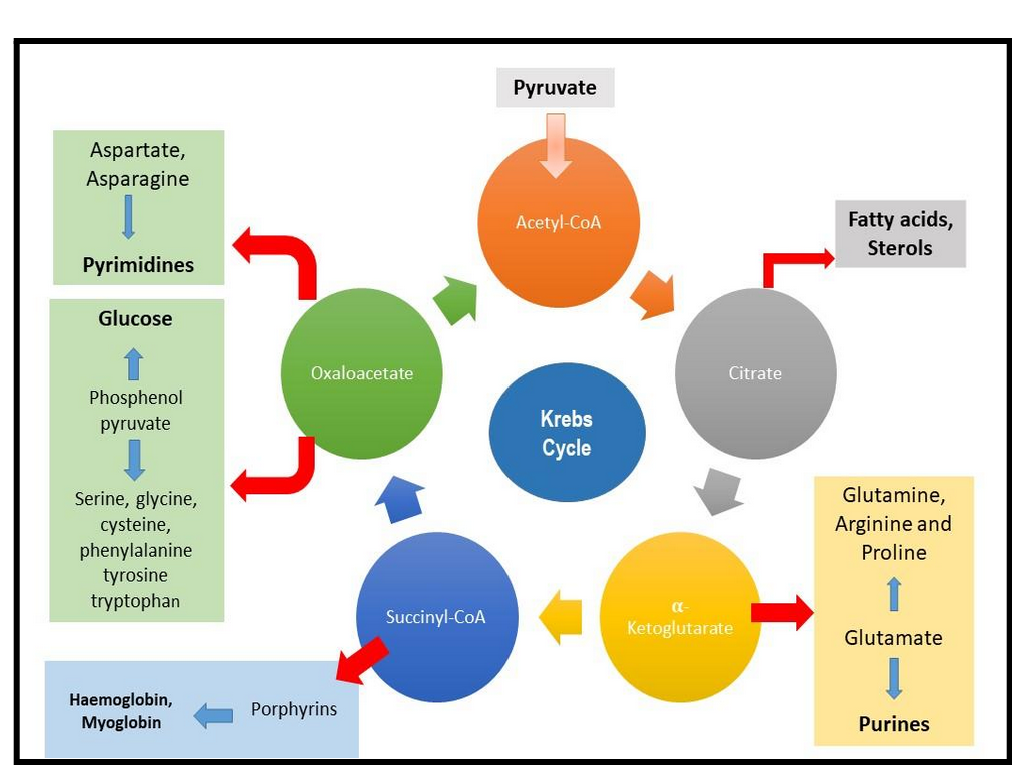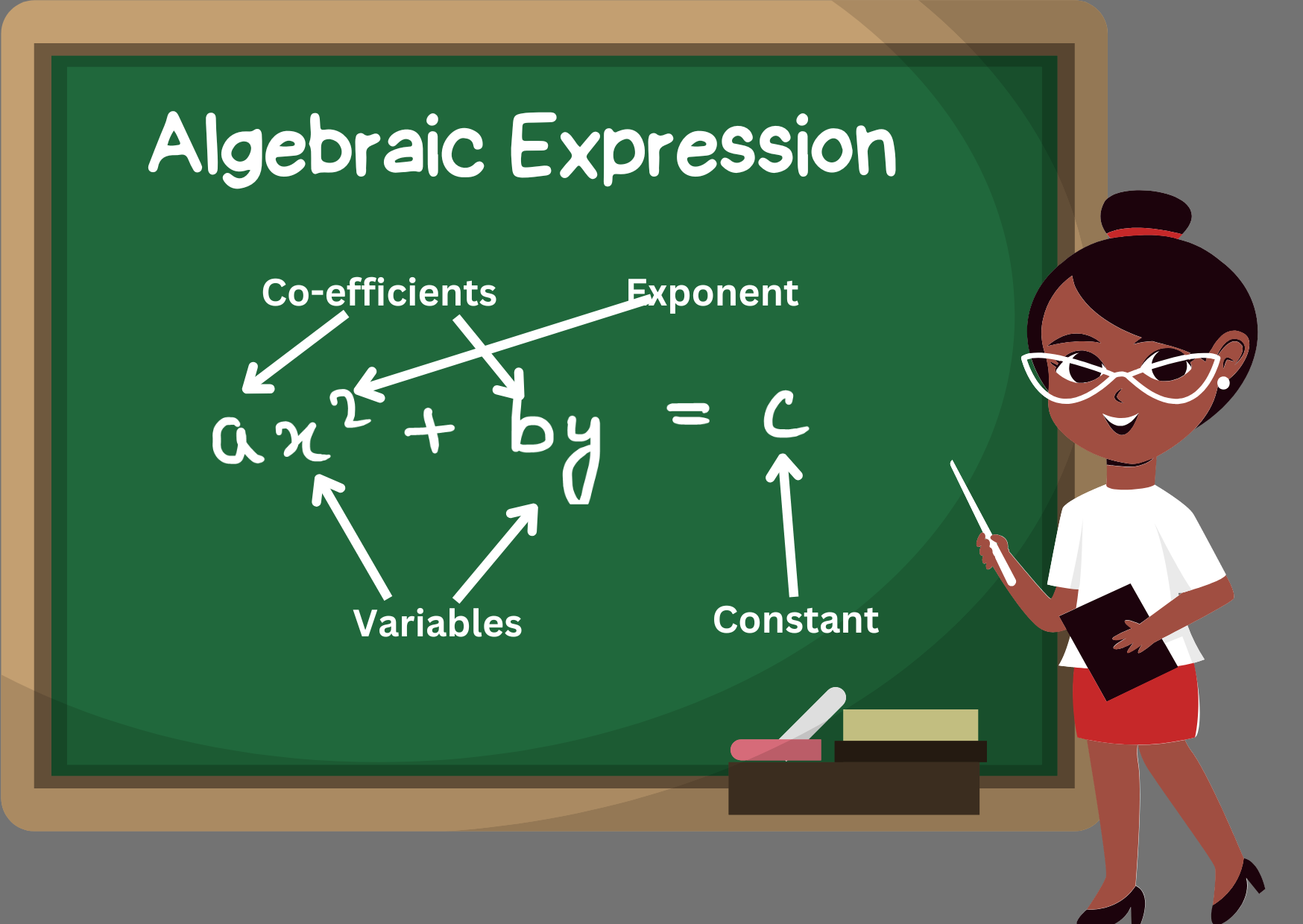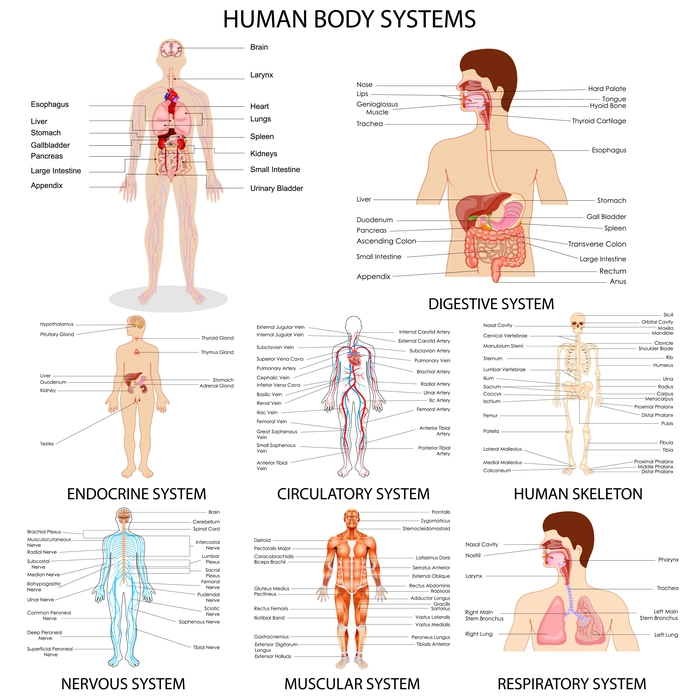Introduction
India displayed political division and factionalism around the start of the sixteenth century. The strong Delhi Sultanate was afflicted with many issues. Their power was only limited in the vicinity of Delhi. Bahmani, Vijayanagar, and Deccan kingdoms were split up into smaller pieces. This was a golden opportunity for the Central Asian kings, who had been waiting to invade India and increase their dominance in this region. Babur was one such invader from Central Asia who, after losing power over his paternal principality of Farghana, set out to conquer the Indian subcontinent. Babur was the man who established the Mughal dynasty in India. He was the descendant of Genghis Khan and Amir Timur and was responsible for establishing the Mughal empire in India.
The Mughal Empire
After defeating Ibrahim Lodi in the initial Battle of Panipat in 1526, Babur laid the foundation for the Mughal Empire. The majority of the Indian subcontinent was covered in this empire until 1707, after which it began to wane due to weaker Mughals who were incapable to extend it. The Mughal kings governed India for more than three hundred years. The Mughal Empire was the first to exploit gunpowder technology to establish its dominance in India, hence it was also known as the “Gunpowder Empire.”
One of the largest empires in medieval India, the Mughal empire had strongmen like Babur, Humayun, Akbar, Jahangir, Shahjahan, and Aurangzeb.
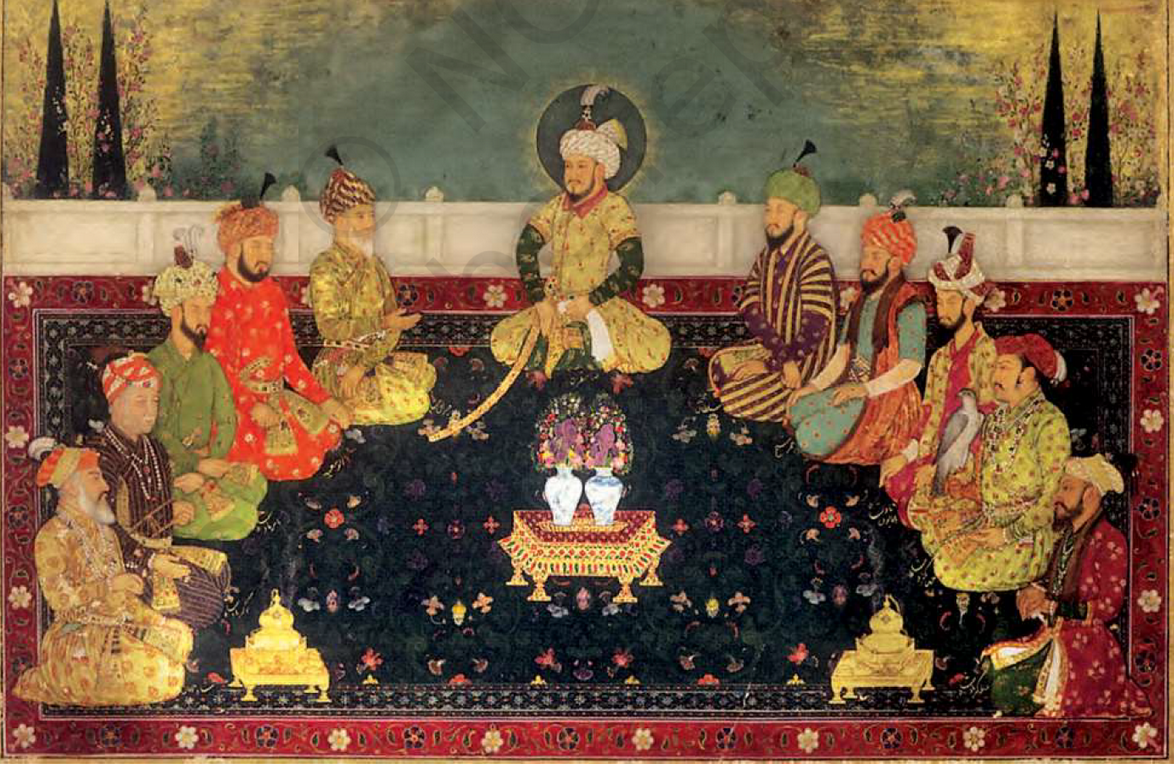
Birth of the Mughal state
- The final Tughlaq monarch was vanquished by Babur in 1526, and he establishes the Mughal Empire.
- It was well maintained by his successors Akbar, Shahjahan, Jahangir, and Aurangzeb, who strengthened the empire by conquering challenges that stood in the way of its growth. To create a strong Mughal empire, they developed an effective administrative and bureaucratic structure.
- Akbar used a diplomatic strategy to gain the trust of his Hindu competitors as well as a policy of religious tolerance, which assisted him in establishing a sizable and powerful state.
- As a result of the Mughal era’s cultural advancement, advancement in architecture, and efficient administrative practices, emperors were able to consolidate their control over nearly the entirety of India, as well as portions of Afghanistan and Baluchistan.
- They developed a network of trade with other countries, hence bringing prosperity to India.
Trade
- During the Mughal era, an abundance of agricultural products drove the growth of a global commerce network.
- The Mughals encouraged trade both inside and outside their kingdom. They also offered international traders the necessary protection.
- Various reductions were made on the inland tax and customs fees.
- India used to export textiles made of silk, wool, and cotton back then, as well as spices, opium, and indigo.
- Horses, bullion, and opulent items like wine, corals, and perfumes were among the things they used to import for the royal family.
Bureaucracy and Division of the kingdom
- The Mughal government featured a centralized administration, with the King serving as the ultimate decision-maker.
- A group of ministers and officials, including Wazir, Mir Bakshi, Qazi, and Mir Saman, among others, aided him.
- The empire was further divided into 15 provinces called subas, each of which was governed by a subedar.
- These provinces were further subdivided into districts or sarkars and were governed by a faujdar.
- Furthermore, Parganas, which were managed by shiqdars, were used to split districts into smaller groups.
- Under the control of the Panchayats, muqaddams were in charge of all the villages in the parganas.
- The “Mansabdari” system was developed by the Mughals for effective military management. The Emperor hired, evaluated, and demoted the Mansabdars from their position as and when required.
Beginning the End of the Mughal empire
-
Internal problems
By the conclusion of Aurangzeb’s reign, a lot of internal strife had already begun.
These tensions included a succession battle, problems administering a big empire, flaws in the Mansabdari system, an increase in the power of the nobles, and rebellions by Rajputs, Sikhs, Jats, and Satnamis.
-
Fragments of the Mughal Empire
During the eighteenth century, the Mughal empire spread in northern and southern India, and hence managing them was difficult. Along with this, internal conflicts and persistent outside threats set the road for the empire’s decline.
The Mughal empire eventually broke up into two separate types of provincial states. The destabilization of the Mughal centralized political structure led to the rise of successor states like Bengal, Awadh, and Hyderabad.
The other was “new states,” which were founded by Mughal dynasty rebels such as the Maratha Confederacy, Jats, and Sikhs, who declared to be independent of Mughal dominion. The Mughal empire was divided into various pieces by the end of Aurangzeb’s rule.
-
External rivals for power
By the second half of the eighteenth century, the weak Mughal kings after Aurangzeb were exploited by their foreign competitors. The Empire was utterly destroyed by foreign invaders like Ahmad Shah Abdali from Afghanistan and Nadir Shah from Iran.
The English East India Company (EEIC), which came for trading, was made aware of the Mughal Empire’s frailty. This gave them confidence that by controlling political matters, the British Empire may grow in India. Finally, the last Mughal emperor, Bahadur Shah Zafar, was expelled by the British in 1857, thereby ending the Mughal era.
Summary
India displayed political division and factionalism around the start of the sixteenth century. Delhi Sultanate was afflicted with problems. The lack of a centralized government and ongoing internal strife offered Babur the chance to end the Delhi Sultanate and usher in the Mughal Empire. The empire was at its height under the early Mughals’ control, but after Aurangzeb, when his successors proved unable to maintain the empire, it began to decline. Additionally, ongoing external obstacles include many invasions from the northwest and the eventual rise to power of the English which shook the foundation of the Mughal empire.
Frequently Asked Questions
1. Explain the Mansabdai system.
Ans: Mansab is the Arabic word for an office or rank. A mansabdar was a high-ranking officer. The Mansabdar was in charge of sustaining order and providing soldiers with instruction. The mansab, or rank, was assigned based on the significance and nature of the employment.
2. What was the Deccan policy of Aurangzeb? What effects did this policy have?
Ans: To subjugate the independent kingdoms in the south, Aurangzeb spent the last half of his reign in the Deccan.
His actions had the following results:
- Although he annexed Bijapur and Golconda, it was challenging for him to rule these kingdoms from Delhi.
- The state’s resources were depleted by his protracted conflict with the Marathas and his important time.
- During his absence in the north, various revolutions emerged.
3. What was the religious policy of Akbar?
Ans: Following is the religious policy of Akbar
- Akbar promoted religious tolerance, which was known as his Sulh-i-kul policy (universal peace).
- Jizyah (a tax on non-Muslims) and pilgrimage tax were eliminated by him.
- He constructed temples and even participated in Hindu holidays.
- Ibadat Khana was created by him for religious discourse.
